KRUPA MARG: A PEACEFUL WAY TO LIFE
Goswami Shri Sharnamkumarji
In order to understand how bhakti can be made a part of our life, we must first try to realize that 'element' called "Param-Tatva" by the Shastras.
There are many systems or bhakti advocated, but "Pushti Bhakti" is the simplest in its nature and easy to adopt. Its foundation is based on the concept of divine grace. "Bhakti develops by the Grace of the Divine Being". This grace is nothing but his inherent power known as 'Krupa'. It his compassion for a ‘Jiva' which the latterto him.
Shastras are insistent that there is no other means that can help a Jiva in achieving bhakti. Here 'means' is referred to as "Sadhana" by shastras. They are the modes of various systems & they propagate the principles of bhakti to attain "Paramatma" or the Supreme Soul. Smruties refer to him as parabrahma, but in the "Shrimad Bhagvatam" he is given the name, bhagvan.
When a jiva tries his hand on all other systems & fails to reach him i.e. when he becomes helpless-the divine presence will come forward out of compassion forthat jiva-then it is called Pushti Marg. The word 'Pushti' is derived from the Sanskrit verb root "Pushth" meaning "poshanam" that is nourishment. In simple words a pusthi jiva receives support from divine power. This word "Poshan" also denotes "Anugraha" implying compassion i.e krupa.
Hence Pushti system is also known as Anugraha or Krupa Marg. In the Vedas it is clearly shared that this paramatma cannot be attained either by the preachings, or by listening to kathas. He comes forward to meet a jiva when his 'Krupa' is bestowed upon him. Even in Gita he says: A man may spend thousands of years adopting various means. But with great 'Tapa' (meditation) & on attaining high degree of spiritual knowledge a jiva may achieve only bhakti and then he can hope to receive his krupa.
Then the divine being will not look at the karma of jiva. His krupa will be showered on him when he chooses that soul for his grace. This choosing is termed as "Varnas" by Smruties. Hence Shri Vallabh advises us to embrace bhakti marg. This is the only system that can finally lead a jiva to receive his 'Krupa'.
In this way Pushti Marg serves two purposes :-
It shows the jiva a path on which he can travel to receive the ultimate grace of divine being to show his krupa on the jiva & the attempts made by jiva should be without any desire for its result and it should be nishkama bhakti (unconditional devotion) & the attachment for him must be come from the depths of the heart and so he begins to love this divine person who is now his bhagvan.
Seva should begin with love for him and it should be an expression of our love for our master and benefactor to engage our mind on him. This is known as theSmarana. The interest then moves to listening to his katha known as shravana & one begins to spend their time in singing his songs in his praise & it is known as kirtana. We bow before him with the utmost reverence. We decide to dedicate ourselves to him and whatever that belongs to us and this is 'atmasamarpan'.
We talk about many Margas. The word Marga os derived from the sankskrit verb root: mrug : it means a search of : in other words it is a path (system) on which a seeker walks in search of god. Vedas tell us that the Eswara can be sought through gyana marg, karma marg and bhakti marg. Gyana is obtained through mind and we perform rites with our hands to achieve the bhakti we have our heart the birth place of sentiments.
Vedas also add that each will seek god through the kind of the system (Marg) that suits his requirements. In Vedic period Rushis spent their innumerable years in acquiring spiritual knowledge and performing the rituals to appropriate celestials. But the speed of bhakti is laid in the hearts of the bhaktas in the puranic yug as each of worshipping his cherished avatar.
Sharsta talk of many kind of the bhaktis of these two are known as the "para" I.e something apart. It has beautiful name.
Prem lakshana bhakti. The other is known as maryada bhakti and it is also called "Gaudi" subsidiary. To who do we apply "prem lakshana bhakti" to purna purushottam bhagvan shri krishna. It is done in the form of seva and worship.In the maryada bhakti a devotee applies his mind on the manifestation (avatars) of divine being. The system comes under nine fold bhaktis called Navdha Bhakti.
In the 2nd part of the 15th century, Shri Vallabh has propagated "Pushti Marg" which is derived from the philosophical doctrines of his Shuddhadwait Brahmavaad. It receives support from Vedas Brahmasutras, Gita and Shri Bhagvata Mahapuran. He has churned all the shastras and arrived at Prem Lakshana Bhakti and turned it towards the Purna Purushottam Bhagvan Shri Krishna.
Shri Vallabh talks about the power of compassion of Purushottam in Pushti Marg. No one before him has thought about the sheer compassion the supreme lord bestows in the form of prem lakshana bhakti to the devotees. Shri Vallabh asserts that the bhakti cannot be achieved through any means (sadhana). People with predominance of bhakti carefully tread on this path and attempt to reach him.
Shri Vallabh divided jivas into the three categories based on their attitudes towards life and religion. Broadly speaking:
- Pravahi : - These are the followers of the main stream of life . They are not interested in any particular simple religious system. They change their dharmas constantly chalet something which are not interested in attaining. They switch religions very quickly and they forever change paths in the circle of the life.
- Maryada Margiya : - They are people who have a particular interest about the background of the religion they want to embrace. They seek knowledge first. As such they are interested in the Vedic literature. They will not like to deviate from the path of the scriptural commands. They are dogmatic and their goal in life is to achieve moksha.
- Pusthi Margiya: They are the chosen people and they are the helpless people without the Vedic means left to them like women and down trodden. They look for assurance towards the purshottama who is complete and none other than Shri Krishna. The left make achievement is absorption in Nitya Lila of purshottam.
The concept of Krishna cult is not limited to Avatara Purusha of Gokul Vraj & he is the Purna Purushottam of Goloka- perpetually engaged in the divine spots are a place called the Vyapi Vaikuntha- with the golokavasis. (his eternal companions) When this Purna Purushottam descended on earth as an avatara of Shri Krishna at Gokul & Vrindavan in the timeline known as saraswata kalpa. The complete Lilas took place in Vraj.
By the acceptance of a new form of the bhakti Shri Vallabh does not deviate from the doctrines of shudhadwait from the frame work of Advaita system has charted the sublime bhakti tradition and named it sharana marg or anugrah marg on one hand the bhakti goes and seeks of Purushottam at the other Shri Krishna comes forward to bestows his kripa on his devotee and hence on one end it is Sharana marg where the devotee is concerned and at the other end in the anugrah marg where the divine being cascades his love for hi devotee.
As it takes firm sentiments in the heart of the bhakta, an "avirbhav" relationship develops between two the devotees and his moksha if we dip a little bit deeper into the concepts we will understand reasons for his mutual attachment. We are told that the Atma is a part of the paramatma as an origin compared to myriads of the sparkling that emerges from a burning ball of the fire. The most loved object in ourselves is our self (aatma) we show interest is him also because we are only a replica of the original supreme atma. It is believed that the mutual attractions due to the fact that Pushti jivas are created from its body.
Shri Vallabh has described the reason for the divine beings compassion for the Pushti jivas thus they originally resided in Goloka taking part in the divine - of the Purna Purushottam, as his compassions, but due to the over shisth in the daily seva of due to the concept for being specially favoured souls, they have been separated from this beloved master. In order to provide upliftment to the separated souls, he shows his compassion then and draws them towards him.
Shri Vallabh himself is an Avatara of the Shri mukha (face) of the Purna Purushottam . The face of the divine being represents the form of the fire (Agni) . Hence Shri Vallabh is also known as Vaishvanar embodiment of all consuming fire. As such he is placed on an equal term with the divine person and his consort, Shri yamunaji. All there are endowed with the powers of washing the sins of human beings.
While he was on his wanderings of bharat, he was worried about the helpless state of the poor and down trodden, like women and low caste people. They have no access to the Vedic practices not they possess any mean (sadhanas) to achieve the god. It was the bright half of the hindu calendar month "Shravanas" and it was S.y 1549 and he was meditating on the problem of the up-liftment of the poor on the river banks of the river yamunaji. It happened to be the very auspicious eleventh day of the fort night.
It is believed that the divine being appeared before him at give stroke of midnight. He assumed the form of Shri Govardhannathji which is later on addressed as Shrinathji in the vaishanava tradition. He connected Shri Vallabh directly into what is known as brahma sambandha & commended him to initiate the helpless people into the Vaishnav system. As it is no relationship can be established divine person by the jivas. The reason being he is blemisher (without the doshas and is pure). Where as a jiva is engrossed in five fold doshas which turn him impure. Then how can his - be removed.
Shrinathji himself that is Shri Vallabh initiates a jiva with the mantra of Brahma sambandh , the doshas of the jivas are washed away and will able to establish contact with the divine person. The same Shri Krishna is now worshipped in all Goswami families as Shri Govardhannathji's form.
This incidents itself points out to the great compassion os Shrinath ji for the Pushti jivas. Two kinds of the initiations are recognized in the Pushti tradition on is known as the 'Nama mantra ' it is given by the member of the dynasty of Shri vallabh. It consists of the eight folds mantras which are known as "Ashthakshara mantra" I.e ( SH RI KRISHNA SHAR NAM MAMA) . This enables the jiva to convert himself in a pushti margiya vaishnay. But in order to receive the right offer to seva to the images of the divine being, a variation has to be initiated into "Brahmasambhandh" through a mantra - which is given by on a male member of the vallabh's dynasty.
This in the brief is what we know as "Krupa Marg". As a Vaishnav enters into the spirit of the devoted life toward its 'ishtdeva' the cherished deity, he gradually transforms himself into a dedicated dasa of his master and the entire life and will be placed at the feet of this divine person. A vaishnav no longer possess anything personally. He acts only trustee and carries the wishes of his divine being. No more is he attracted the hum-drum of worldly activities. Whatever he owes by way of failing is meant only to add more comforts to his beloved master Shri Krishna.
It is one long existence of surrender a superior force. He waits for the day when he will be provided with the final shelter in the lotus feet of Shri Krishna.
Share this Post: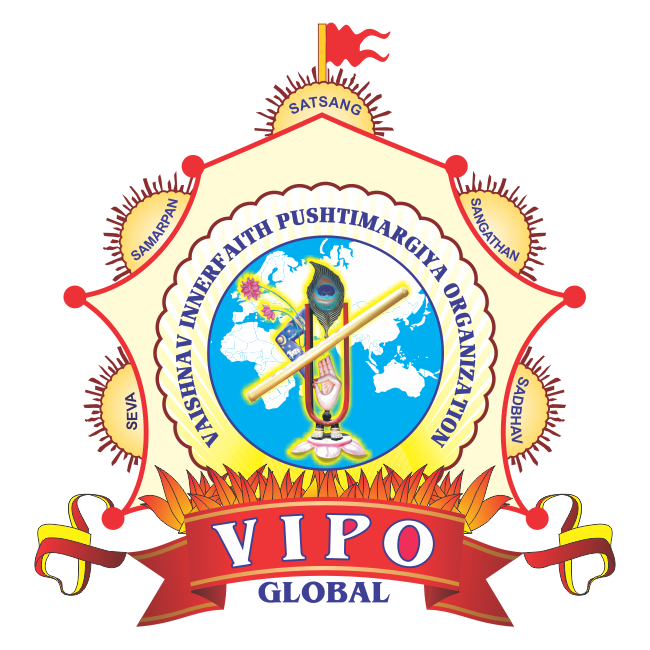

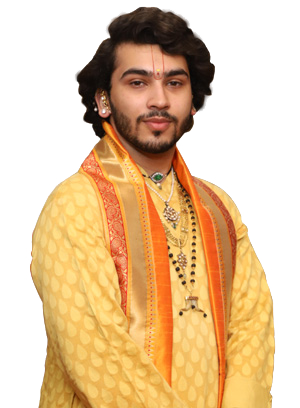
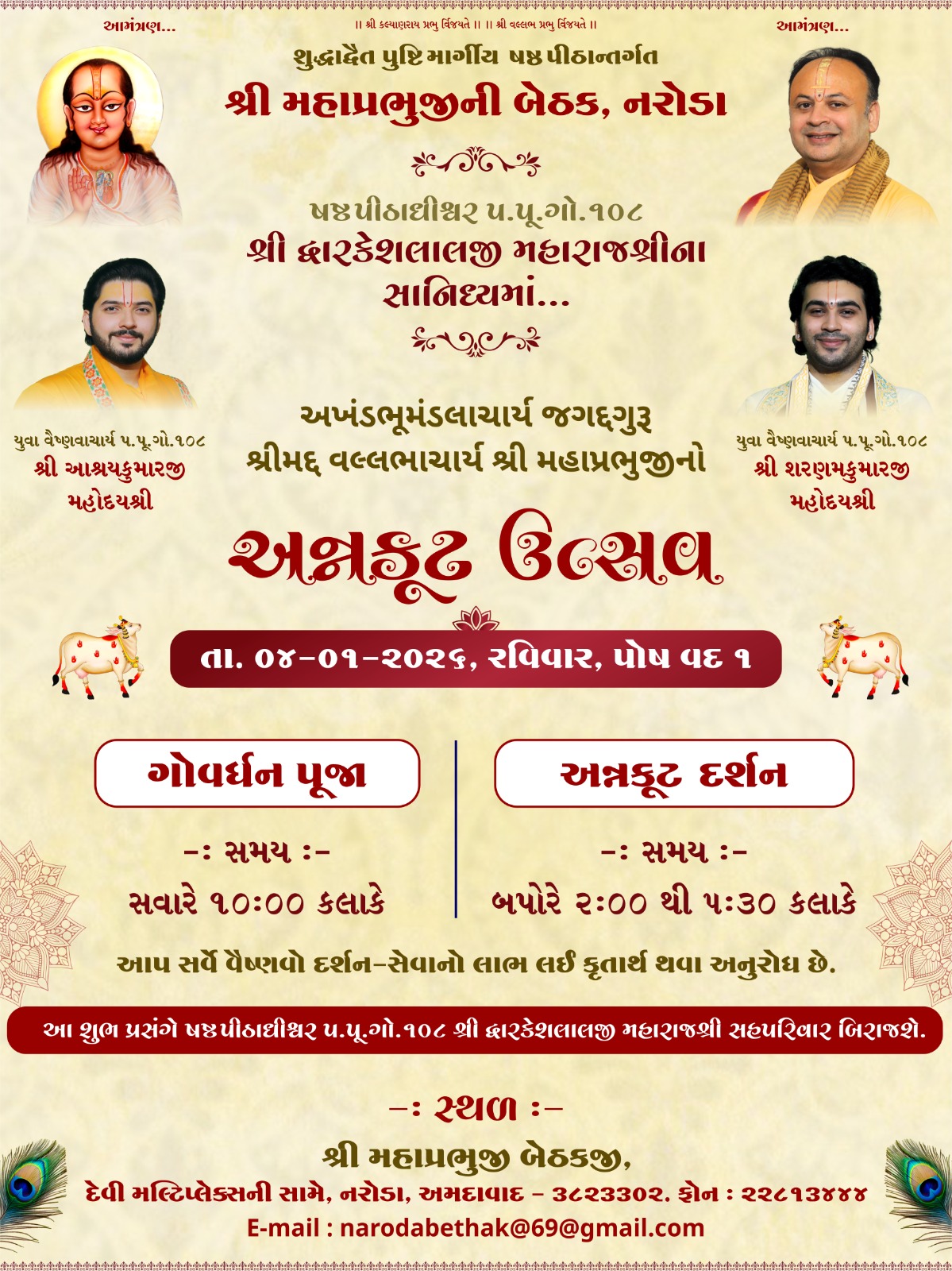

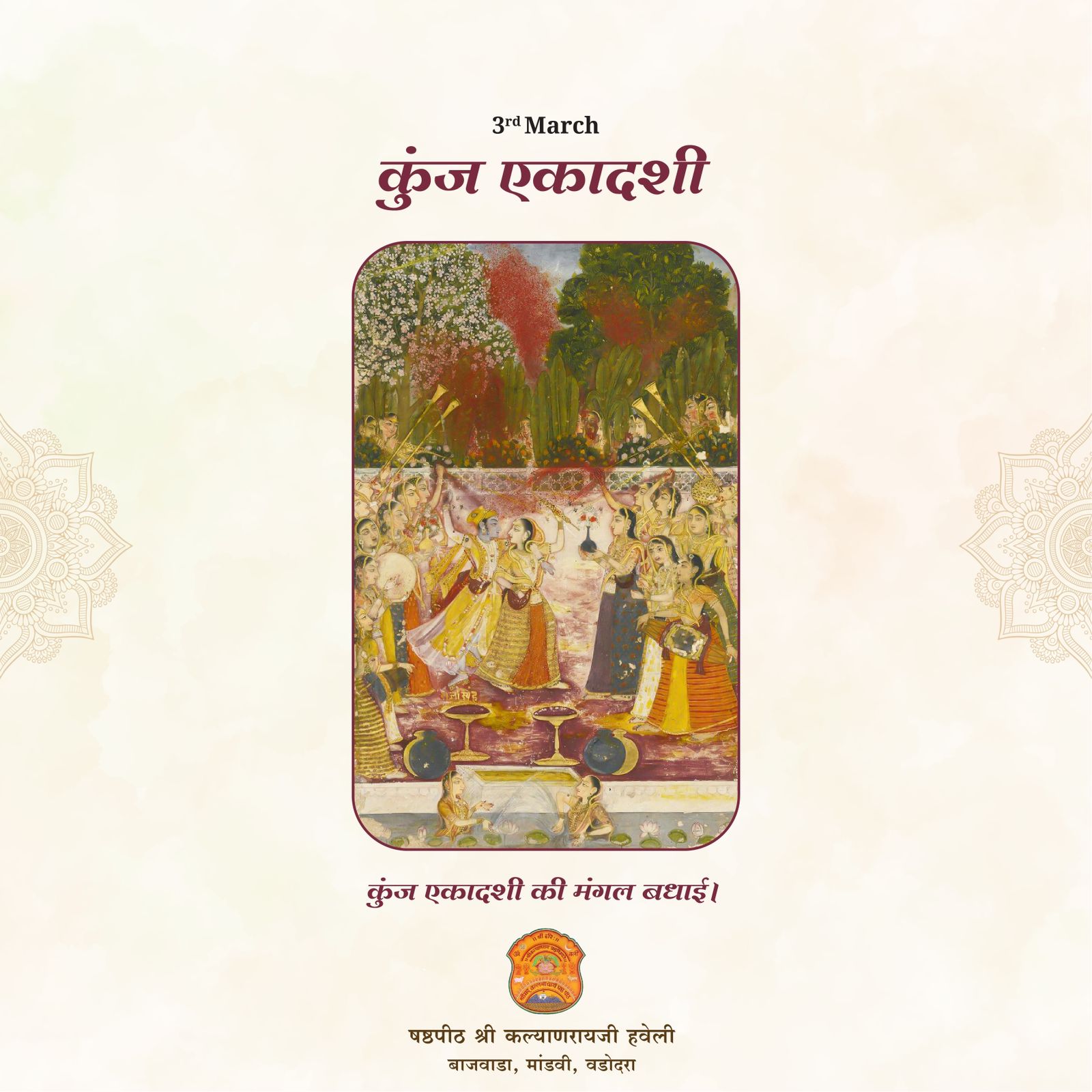



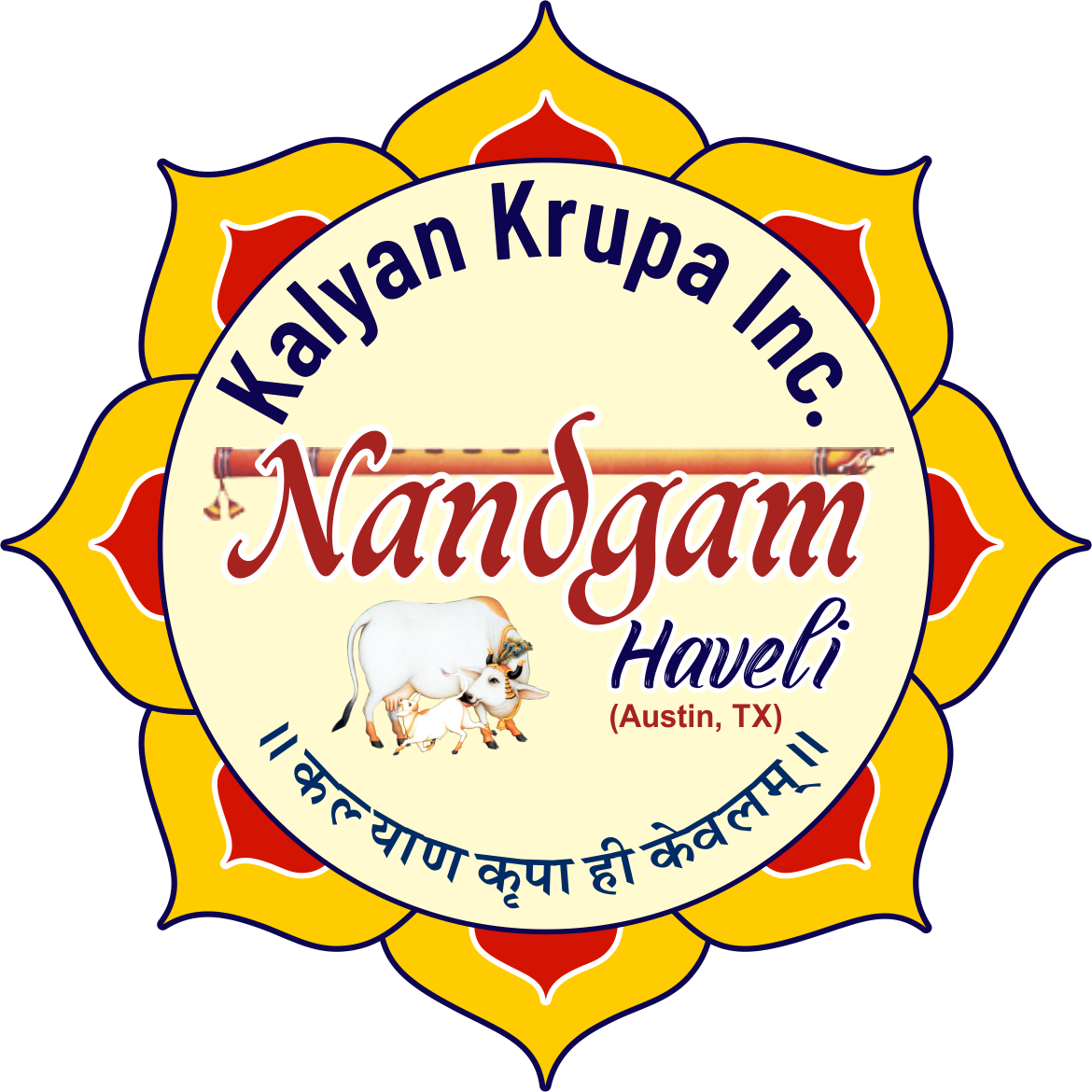









Comments